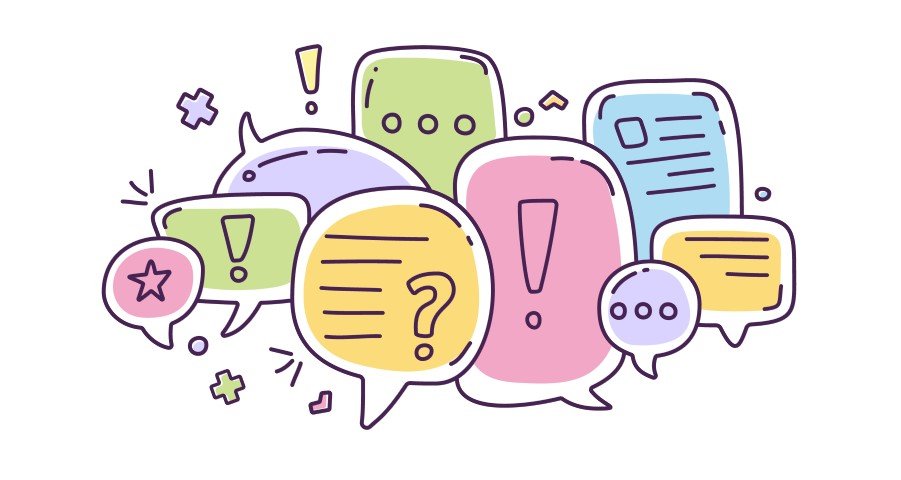In the digital age, visual communication has become a powerful tool to convey messages effectively. When it comes to mental health, using visual aids such as clipart can significantly enhance the impact of educational and promotional materials. Mental health clipart serves as a crucial element in creating awareness, reducing stigma, and promoting positive mental health practices. This article explores how mental health clipart can be effectively used in various contexts, providing examples of good practices and tips for selecting appropriate images.
Enhancing Educational Materials
Educational materials on mental health often contain complex information that can be challenging to understand. Incorporating mental health clipart can simplify these concepts and make the content more engaging. For instance, using clipart to illustrate different emotions can help children and adults alike recognize and articulate their feelings. This visual approach can be particularly effective in schools, where teachers can use clipart to create interactive and relatable learning experiences.
Example: Emotion Recognition
A common exercise in mental health education is helping individuals recognize and label their emotions. Clipart depicting various facial expressions can be used in worksheets, presentations, and online resources to visually represent emotions such as happiness, sadness, anger, and fear. This not only aids in understanding but also encourages discussions about feelings and mental well-being.
Promoting Mental Health Campaigns
Promotional materials for mental health campaigns benefit greatly from the inclusion of clipart. Visual elements can attract attention, convey messages quickly, and make content more memorable. Mental health clipart can be used in posters, social media posts, and websites to create visually appealing and impactful campaigns.
Example: Anti-Stigma Campaigns
Anti-stigma campaigns aim to change public perceptions about mental health. Using clipart that depicts inclusive and supportive environments can reinforce the message that mental health issues are common and that seeking help is a positive step. Images of diverse groups of people supporting each other can foster a sense of community and acceptance.
Best Practices for Using Mental Health Clipart
While mental health clipart can be a powerful tool, it’s essential to use it thoughtfully and appropriately. Here are some best practices for incorporating clipart into mental health communication:
1. Choose Inclusive and Diverse Images
Mental health affects everyone, regardless of age, gender, race, or socioeconomic status. Select a clipart that reflects this diversity to ensure that all individuals feel represented. Avoid stereotypes and choose images that depict people from various backgrounds in positive and empowering ways.
2. Ensure Clarity and Simplicity
Clipart should be clear and easy to understand at a glance. Avoid overly complex or abstract images that might confuse the viewer. Simple, straightforward illustrations can effectively convey messages without overwhelming the audience.
3. Align with the Message
The clipart you choose should align with the message you are trying to convey. For example, if you are promoting self-care practices, use images that depict activities like meditation, exercise, and relaxation. Consistency between the visual and textual content enhances comprehension and retention.
4. Use High-Quality Images
Low-quality or pixelated images can detract from the professionalism of your materials. Always use high-resolution clipart to ensure that your content looks polished and credible. Many online resources offer high-quality mental health clipart that is free to use or available for purchase.
Tips for Selecting Appropriate Mental Health Clipart
When selecting mental health clipart, consider the following tips to ensure that your visuals are effective and appropriate:
1. Relevance to the Audience
Think about the age group and demographic of your audience. Clipart that resonates with children might not be suitable for adults and vice versa. Tailor your visual aids to match the preferences and needs of your target audience.
2. Cultural Sensitivity
Be mindful of cultural differences and ensure that your clipart is culturally sensitive. Avoid images that could be misinterpreted or deemed offensive. Choose a clipart that respects and celebrates cultural diversity.
3. Positive Representation
Whenever possible, choose clipart that promotes positive mental health practices and outcomes. Images that depict people engaging in healthy activities, showing resilience, and supporting one another can inspire and motivate viewers.
Conclusion

Mental health clipart is a valuable tool in the realm of communication. By enhancing educational materials and promoting mental health campaigns, clipart can help convey complex messages in an accessible and engaging way. Following best practices and tips for selecting appropriate images ensures that your visual aids are effective and inclusive.
For more insights into promoting wellness and mental health, check out our article on Peninsula Alternative Health: A New Approach to Wellness.

Dr. Emily Turner is a board-certified physician specializing in holistic health and wellness. With over 15 years of experience in the medical field, she combines her extensive knowledge in nutrition, fitness, and mental health to provide comprehensive advice and insights. Emily is dedicated to helping readers achieve a balanced and healthy lifestyle through her expert articles and guides.




